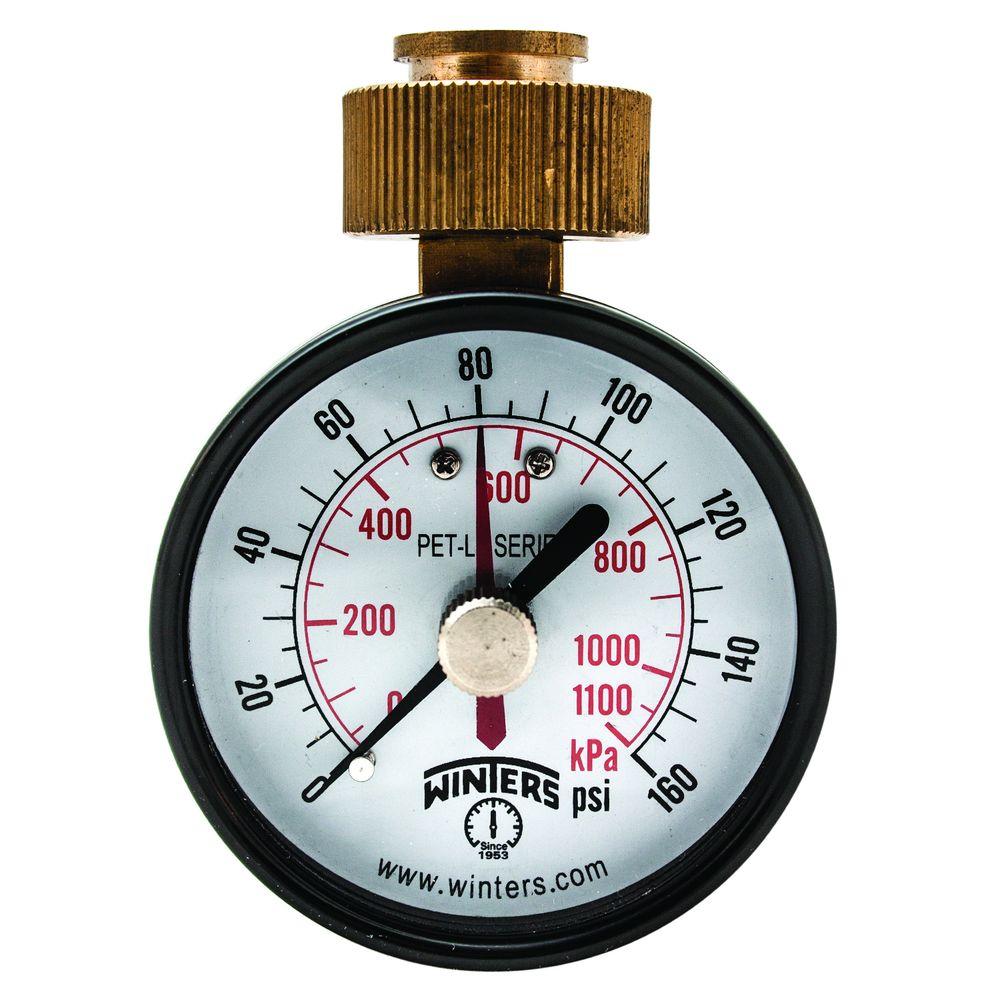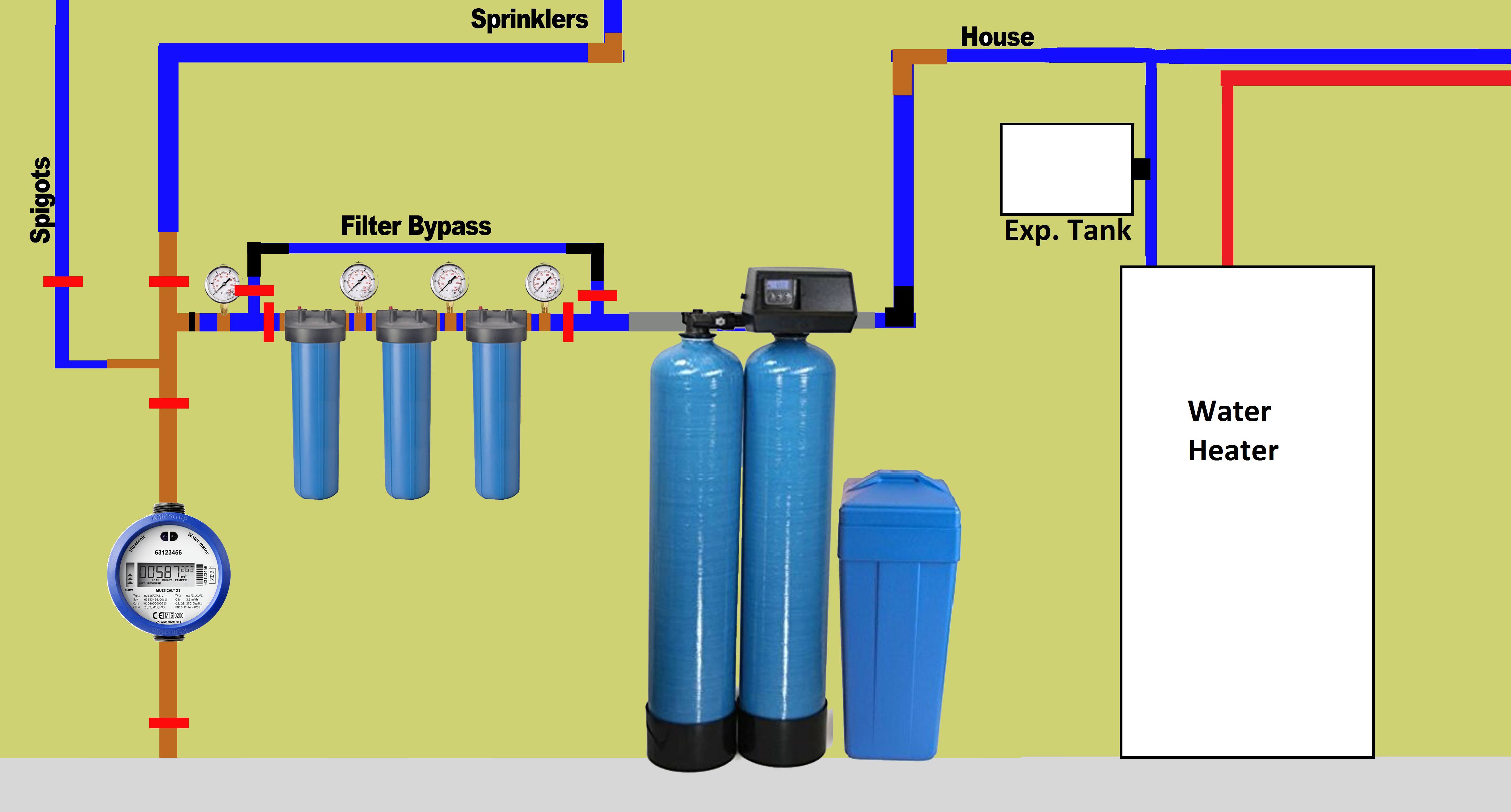I have a Fleck 9100SXT Metered Dual Tank Softener - 64,000 Grain per tank. The water flow indicator(water drop) is intermittently blinking and showing flow(roughly shows flow for about 5s every 2 minutes).
Entering the FR menu, the flow varies from 0.1 -0.3, again always lasting no more than a few seconds. This is where things start to get interesting, when I cross checked the water meter on my house, it did not show any flow. This leaves me with a couple of theories:
1. The "flow" is so low, that it's not actually pulling any water from the water main, thus the softener detects the flow, but the meter does not.
2. The softener is malfunctioning in some manner and detecting flow when there isn't any.
Theory 1 does not seem to be likely given the FR rate indicated, I would expect to see some change on the water meter for the house.
To test theory 2, I placed the softener in bypass and it stopped showing water flow. I then placed the softener back into normal operation, and turned off water to the various items that may call for it(water heater, ice maker, etc.). After ~2 hours, the usage had "used" 2 gallons of water.
I'm not sure where to go from here. But I am stumped.
Entering the FR menu, the flow varies from 0.1 -0.3, again always lasting no more than a few seconds. This is where things start to get interesting, when I cross checked the water meter on my house, it did not show any flow. This leaves me with a couple of theories:
1. The "flow" is so low, that it's not actually pulling any water from the water main, thus the softener detects the flow, but the meter does not.
2. The softener is malfunctioning in some manner and detecting flow when there isn't any.
Theory 1 does not seem to be likely given the FR rate indicated, I would expect to see some change on the water meter for the house.
To test theory 2, I placed the softener in bypass and it stopped showing water flow. I then placed the softener back into normal operation, and turned off water to the various items that may call for it(water heater, ice maker, etc.). After ~2 hours, the usage had "used" 2 gallons of water.
I'm not sure where to go from here. But I am stumped.


